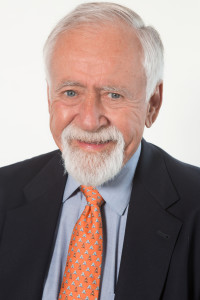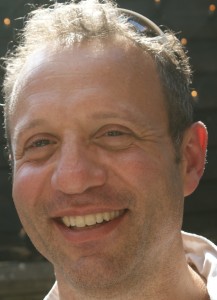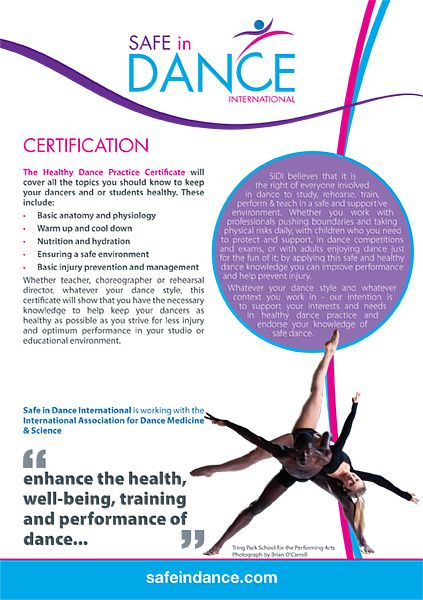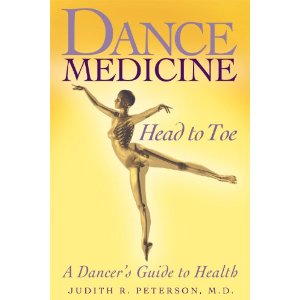![Henry Vandyke Carter [Public domain], via Wikimedia Commons](http://www.4dancers.org/wp-content/uploads/2015/08/512px-Grays_Anatomy_image392.png)
Aloha! — Happy August! The posting below is one I’ve wanted to bring you for a long time–discussing “core control” (alias “center” in dance). It’s something that’s very important, yet not that many people – dancers included – really understand what it’s all about. (And thanks to Denver Dance Medicine
Associate Sarah Graham, PT, provider for Colorado Ballet and many Broadway touring companies, for her help in clarifying the information from a medical perspective).
I hope that after reading it (along with Part Two, coming in a few weeks!), you’ll have a better idea of what all this “core” talk is, and how to best incorporate it into your dance life. My best to all –
Jan
For some time I’ve been wanting to bring you an article on “core control”. I put it in quotation marks because it’s a term that conveys different things to different people, and not everyone really understands what it means. In the dance world, we often refer to “center”, as in “find your center”–but many dancers do not really understand what that means, either.
The term “core control” is everywhere in the media / fitness world, and many people think it means “abs”. And abdominal muscles (one in particular) are very much involved in “core”– but there’s much more to it than that. From reading this post, I hope you come away with a better understanding of exactly what it means, and hopefully get some hints and cues on how better to incorporate it into your life–both in dance and in everyday movement, because it is important in everything our body does!
So much has been written / so much could be said–it could be the topic of several different posts. But over the years, teaching dance / Pilates / Franklin, I’ve evolved a specific way of teaching it to people, using a fairly short version that makes sense to everyone.
In the medical field, it is the same as back stabilization–in other words, when your back and torso are strong and able to provide support for your entire spine and limbs—because your arms and legs are going to be more fully able to move and be supported by your torso, to do all of those gorgeous extensions and powerful movements we love to do and see in dance, when your “core” musculature is strong.
So with that said, from here on out, I’m going to use the term “back stabilization”, which you now know means “core”.
This post is going to be in two-parts: In this first segment, I’ll do a lot of explaining. For the second one, I want to show to you some specific exercises and things you can do at home or in the studio to help increase the strength of all the muscles we’re talking about here–i.e, ways to help improve your back stabilization / “Core Control” / “center”.
The Four-Legged Stool
There are a good number of muscles / muscle groups involved in back stabilization, but we’re going to simplify it and talk about the 4 primary ones. When teaching, I like to use the analogy of a 4-legged stool.
Think of it this way:
You have a 4-legged stool made up of 4 main parts, all of which are necessary to keep the stool (your torso) upright and strong, and in balance.
1–One leg of the stool is the Transverse Abdominal muscle, or TA for short.
This is the deepest of the 4 abdominal muscles–on top of it is the Rectus Abdominus (RA), or the “6-pack” muscle (whose main function is to flex – bend forward – the torso, not to provide back stabilization). Under the RA are the obliques, running in two different directions. They help stabilize the torso, but they are often over-used, and then the really important one, the TA, is not working in the most beneficial way.
![By modified by Uwe Gille (Gray397.png) [Public domain, Public domain or Public domain], via Wikimedia Commons](http://www.4dancers.org/wp-content/uploads/2015/08/Transversus_abdominis.png)



















